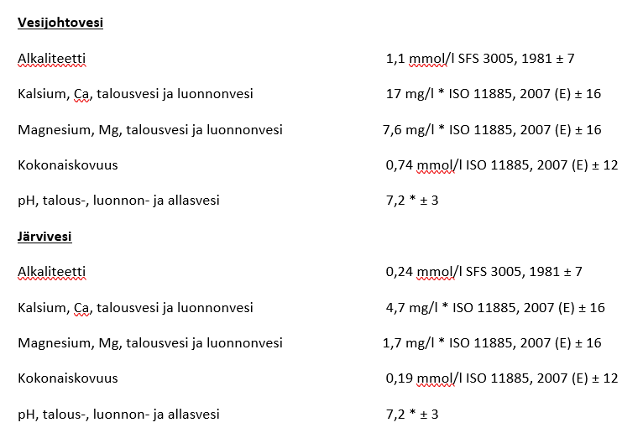
Tutkimushankkeet
Mustaliuske-esiintymien kenttätyöt Vimpelin Lakeaharjulla
Discovery of the source of impact diamond bearing graphite schist in Lappajärvi crater lake
Lakshika Palamakumbure
The presence of graphite bearing black schist in Lappajärvi area came in to highlight after the discovery of impact diamonds in the Lappajärvi impact crater in 1999. But, the graphite found within the impact crater so far is only found in deposited boulders of impact breccia or suevite, not in the bedrock within the impact crater. Hence, the source of the graphite in impact breccia and suevite was a question. This study was carried out to investigate the origin of the graphite bearing black schist at the eastern rim of the impact crater. The study found less than 1 m thick graphite bearing black schist layer interlayered between mica schist layers at the eastern crater rim. This could be the source of the diamond bearing graphite in suevite discovered in Lappajärvi.
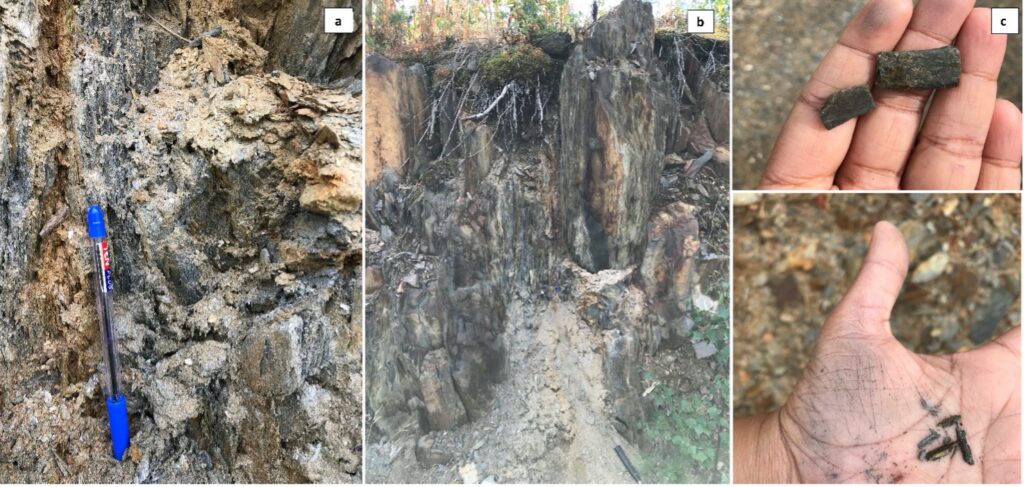
Kärnäiittikivien kemiallisen koostumuksen vaihtelu
Sanni Tiilikainen, Helsingin yliopisto
Kraatterijärven Geopark tarjoaa monia mielenkiintoisia tutkimusaihioita opiskelijoille ja varttuneimmille tutkijoille. Hieman ennen koronapandemian alkua alueellamme ehti olla 3 kuukautta geologi Sanni Tiilikainen, joka tutki maailman harvinaisimman kiven, kärnäiitin, kemiallisen koostumuksen vaihteluja. Hän käytti kannettavaa XRF-tekniikkaa tehdessään yli 200 analyysiä kärnäiitin kemiallisesta koostumuksesta. Aiemmin näitä analyyseja on tehty vain kymmenkunta. Tiilikainen työstää tuloksista paraikaa pro gradu tutkielmaansa.
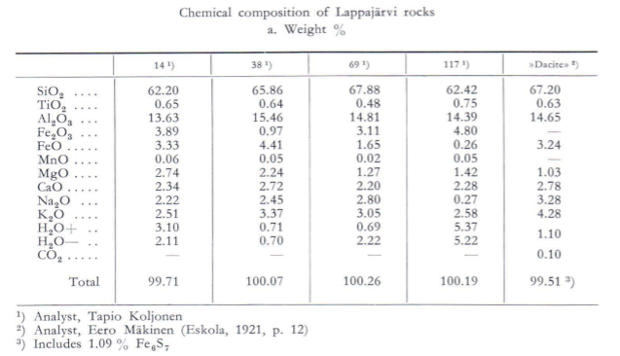
Vuoden 1979 maanjäristys Järviseudulla
Jennifer Hällsten, Helsingin yliopisto
Uusimpana tutkijana on aloittanut M.A. Jennifer Hällsten Helsingin yliopistosta. Hällstenin aiheen on Järvi-Pohjanmaalla vuonna 1979 tapahtunut maanjäristys. Maanjäristyksen syitä on etsitty ja tutkittu, mutta selkeää kuvaa ei ole vielä syntynyt. Teorioita maanjäristyksen syntymästä on monia alkaen Keski-Atlantin selänteellä tapahtuvasta mannerlaatan liikkumisesta aina meteoriitin törmäyksessä syntyneiden säteittäisten kallioperän ruhjeiden heikkouteen ja uudelleen järjestäytymiseen maan kohoamisen vuoksi.
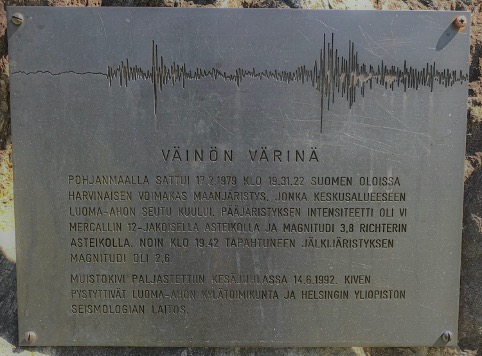
Asteroidit
Avaruuspölyn kerääminen ja mikrometeoriittien analysointi
Iron micrometeorite collection at Lappajärvi
Lakshika Palamakumbure, University of Helsinki
Study on asteroids has been identified as important mainly because they hold the key to understand the origin of universe as they are the remnants of the early solar system. When looking form the economical point of view, asteroids have been identified as a source of ore deposits. Biggest obstacle to study asteroids is to obtain tangible sample to determine their composition and physical properties. Earth based techniques to obtain chemical and physical properties of asteroids are remote sensing data and meteorites. Meteorites available to study are in limited numbers. Another source was identified in 1980’s, cosmic dust. In other words, micrometeorites.
Brownlee (1985) has defined term “cosmic dust” as particulate material that exist or has existed in the interplanetary medium as bodies smaller than 1 mm. These cosmic dust contains particles form comets and asteroids. Advantage of collecting micrometeorites is they are abundant and they are from all bodies in the solar system. Studies carried in Antarctic reveals that around 5,200 metric tons of micrometeorites fall to earth every year (Derouin 2021). But the challenge is that they are hard to collect as they get contaminated easily after entering the earth atmosphere by terrestrial environmental conditions such as volcanic dust, pollen grains and windborne desert dust (Wozniakiewicz & Hendry). Hence many cosmic dust collection stations are in isolated areas such as Antarctic.
Micrometeorites are valuable resource of meteorite material which can be used to determine the composition of asteroids. According to Cosmic dust collection programme of NASA (National Aeronautics and Space Administration), cosmic dust studies facilitate to populations of interplanetary dust and orbit debris particles in low earth orbits and this is useful for engineering to design space equipment to withstand micrometeorite impacts. Also, cosmic dust plays a role in global atmospheric reactions. However, identified time period has not been defined to collect cosmic dusts. Some researchers propose a possibility of high change of collecting cosmic dust from certain types of asteroids during a certain times of the year (Dermott & Liou 1994). This is still under investigation. This study was carried out to collect iron meteorite particles in Lappajärvi area as a trial project to determine the possibility to collect cosmic dust in Lappajärvi area.
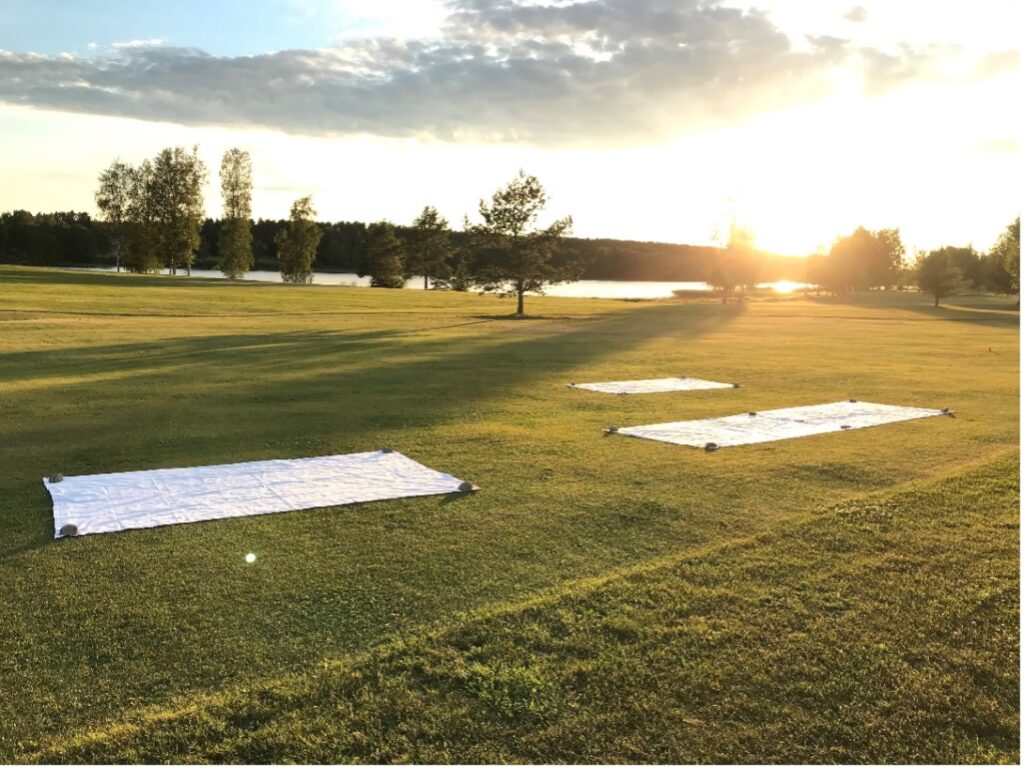
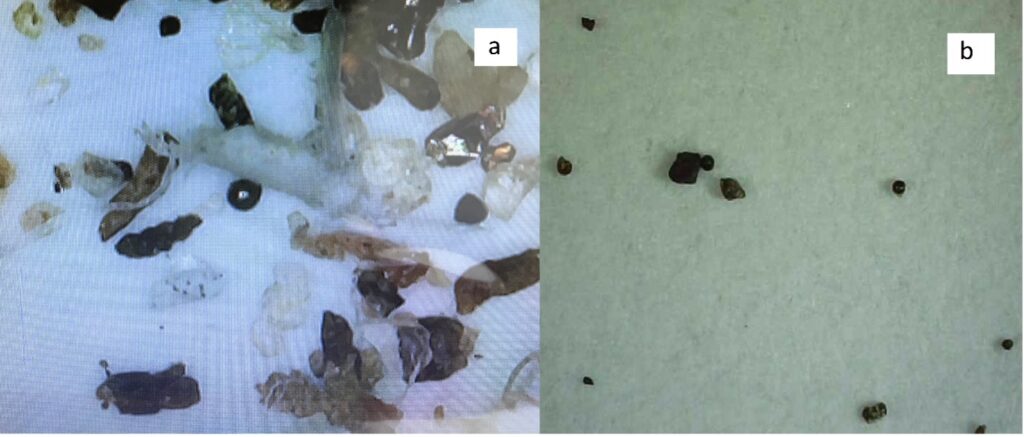
Hydrologia
Lappajärven veden kemiallinen koostumus ja veden käyttö terveysvaikutteisena juomavetenä
